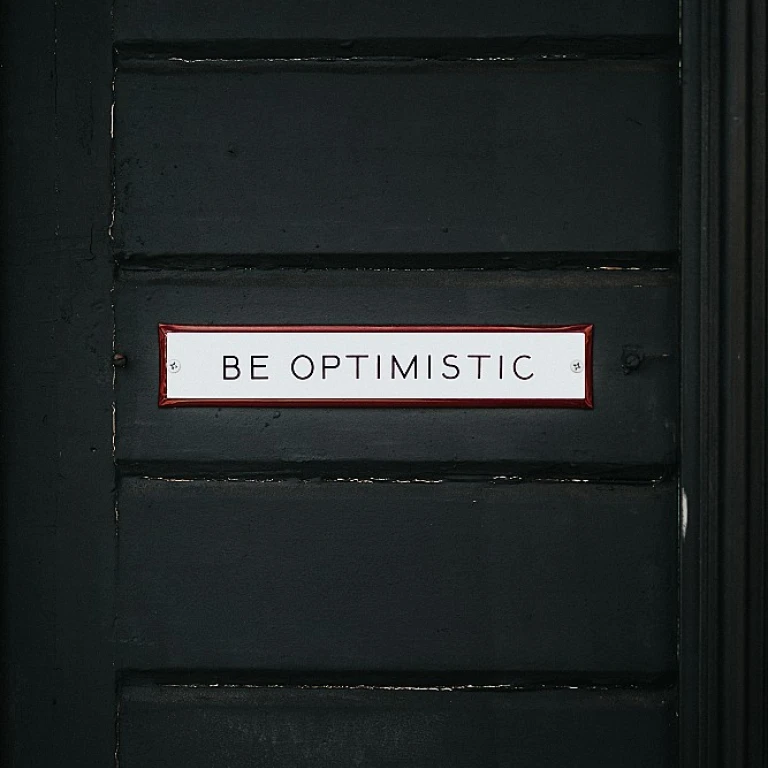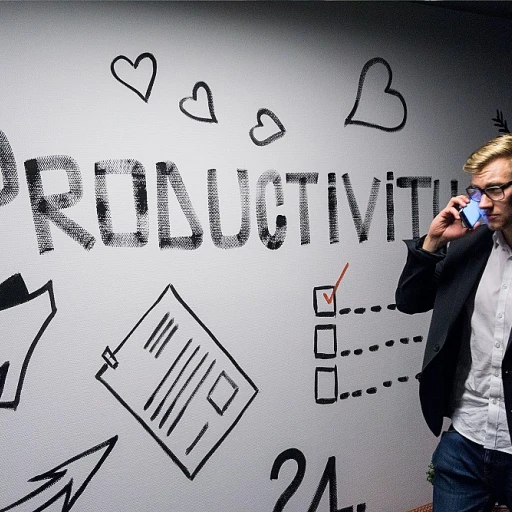
Understanding Virtual Job Tryouts
Exploring the Concept of Virtual Job Tryouts
Virtual job tryouts (VJTs) are a transformative approach in the hiring landscape that integrate technology-driven assessments to evaluate candidates' skills and competencies. These tryouts simulate real-world job scenarios, allowing candidates a hands-on opportunity to showcase their potential beyond traditional resumes or CVs. In essence, VJTs provide a dynamic alternative to the conventional hiring process by emphasizing experiential assessments over static credentials. With the increasing shift towards a digital recruitment process, virtual job tryouts have gained popularity across various industries, including sectors like customer service and roles such as flight attendants. A key aspect of VJTs is their ability to assess a candidate's work style and adaptability within a virtual environment, creating a more engaging experience for both candidates and employers. Candidates are usually presented with a series of tryout questions and tasks that mirror the daily requirements of the job. These tasks can range from problem-solving tests to simulated customer interactions, offering a comprehensive view of a candidate’s capabilities. For instance, in customer service roles, candidates might navigate through scenarios involving customer enquires, allowing employers to assess their interpersonal skills and decision-making abilities in real-time. Though structured, virtual job tryouts typically come with a time limit, requiring candidates to manage their time efficiently, much like they would in actual work situations. This insight into a candidate's ability to handle time constraints plays a crucial role in determining their suitability for the role. Companies like Delta and CVS Health have embraced VJTs, underscoring the value such tryouts hold in identifying the right talent. As businesses continue to adapt to evolving market needs, the integration of VJTs in the hiring process promises a streamlined and effective path to hiring decisions. For more insights about integrating innovative hiring solutions, explore how advanced processes enhance candidate integration here.The Role of Technology in Modern Recruitment
The Impact of Technological Advancements on Recruitment
In today's rapidly evolving job market, technology plays a pivotal role in shaping the recruitment process. The integration of virtual job tryouts (VJTs) is a testament to how digital tools are transforming traditional hiring methods. These tryouts offer a dynamic approach to assessing candidates, moving beyond static resumes or CVs to interactive assessments that better gauge a candidate's skills and work style.
Technology facilitates a more streamlined and efficient hiring process. Virtual job tryouts, for instance, allow recruiters to simulate real-world work environments, providing candidates with a taste of the job they're applying for. This not only helps in evaluating their competencies but also in understanding their fit within the company culture. Such tryouts can include a range of assessments, from customer service scenarios to flight attendant simulations, each tailored to the specific job role.
Moreover, the use of technology in recruitment minimizes the time and resources spent on initial candidate screenings. Automated systems can quickly sift through applications, identify potential candidates, and schedule virtual tryouts, ensuring that only the most qualified individuals proceed to the next stages. This efficiency is crucial in a competitive job market where the time to fill positions can significantly impact a company's operations.
However, the reliance on technology also introduces challenges. For instance, ensuring the fairness and accessibility of virtual assessments is paramount. Candidates must have equal opportunities to demonstrate their abilities, regardless of their technical proficiency or access to digital resources. Employers must also be mindful of the potential biases that automated systems might introduce in the hiring process.
In conclusion, while technology offers numerous benefits in enhancing the candidate experience, it requires careful implementation and ongoing evaluation. Employers must balance the efficiencies gained with the need to maintain a human touch in their recruitment strategies. For more insights on optimizing candidate experiences through technology, consider exploring effective onboarding practices.
Benefits for Candidates
Advantages for Job Seekers Using Virtual Job Tryouts
Virtual job tryouts offer numerous benefits for candidates navigating the recruitment process. One of the most significant advantages is the opportunity for candidates to showcase their skills and capabilities in a practical setting. This type of assessment allows candidates to demonstrate their suitability for the job beyond what traditional resumes and cvs can convey.- Realistic Job Preview: Through these virtual tryouts, candidates are given a simulated experience of the work environment and tasks they might encounter on the job. This realistic job preview helps potential employees to better understand the role, and whether their work style aligns with what the employer is seeking.
- Time-Efficient Process: The virtual nature of these tryouts often means candidates can complete assessments at their own convenience. Without the need for travel or adherence to a strict time limit, candidates can manage their participation in alignment with personal schedules, reducing stress and time constraints.
- Direct Skill Assessment: By engaging in relevant tasks and simulations, candidates have the chance to directly exhibit their job-related skills and competencies. For instance, customer service or flight attendant roles may include specific scenarios and tryout questions that assess situation handling abilities and problem-solving skills.
- Feedback and Insight: Candidates often receive instant feedback on their performance, which can be a valuable learning experience, regardless of the hiring decision. This helps them to better prepare for future opportunities and to understand what recruiters prioritize in the hiring process.
Benefits for Employers
Advantages for Employers Leveraging Virtual Job Tryouts
Implementing virtual job tryouts in the recruitment process brings a host of advantages for employers. These tryouts redefine the traditional hiring model, offering a streamlined mechanism to evaluate candidates beyond their CVs. Here's a look at how employers stand to benefit:- Objective Assessment: Virtual job tryouts allow for a more objective assessment of candidate skills. These tests eliminate biases often present in traditional interviews, focusing instead on actual abilities and work style compatibility.
- Efficiency in the Hiring Process: The use of technology in virtual job tryouts expedites the recruitment process. Employers can assess multiple candidates in a shorter timeframe, thanks to standard assessment exercises tailored to the specific job.
- Reduction in Time and Costs: By implementing virtual tryouts, employers save on logistical costs and reduce the time investment typically associated with in-person assessments. This frees up resources to focus on more strategic aspects of the hiring process.
- Consistency in Evaluation: Structured virtual assessments provide consistent criteria for evaluation, ensuring that all candidates are judged by the same standards. Whether assessing customer service skills or the adaptability required for a flight attendant position, the process is uniform and just.
- Enhanced Decision-Making: Armed with data from virtual job tryouts, employers can make more informed hiring decisions. This helps in identifying the right candidate who will thrive in the work environment, aligning with the company’s needs and values.












